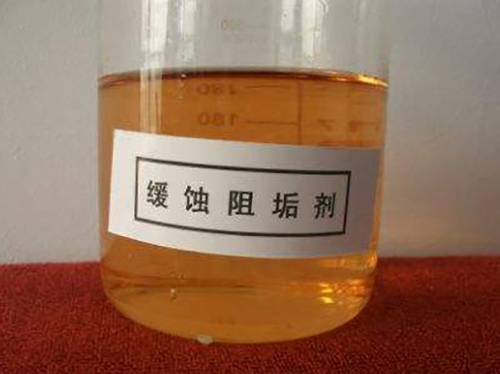coagulation and flocculation
Understanding Coagulation and Flocculation Essential Processes in Water Treatment
Coagulation and flocculation are critical processes in water treatment, playing an integral role in ensuring clean and safe drinking water
. These processes are used primarily to remove suspended solids and impurities from water, making it clearer and more palatable for human consumption.Coagulation is the first step in this treatment process. It involves the addition of chemical coagulants, such as aluminum sulfate or ferric chloride, to the water. These coagulants serve to destabilize the suspended particles, which are typically negatively charged. When the coagulants are added, they neutralize the charges of these particles, allowing them to begin to clump together. This aggregation of particles forms larger, heavier clusters known as flocs.
Flocculation follows coagulation and involves the gentle mixing of the water to encourage the growth of these flocs. During this stage, smaller flocs collide and bond together to form bigger, more robust flocs capable of settling out of the water. The process of flocculation is critical because it increases the efficiency of the subsequent sedimentation phase, where the flocs are removed from the water.
coagulation and flocculation

Once floc formation is complete, the water moves to sedimentation tanks. Here, the larger, denser flocs settle to the bottom, allowing the clearer water to be drawn off the top. This sedimentation process significantly reduces the turbidity of the water, removing a large proportion of the suspended solids and associated contaminants.
Ultimately, the purified water undergoes additional treatments, such as filtration and disinfection, to ensure its safety for consumption. It is crucial to carefully monitor and control the coagulation and flocculation processes, as factors such as pH, temperature, and the type and dosage of coagulants can significantly affect their effectiveness.
In conclusion, coagulation and flocculation are vital processes in the production of clean drinking water. By effectively removing impurities and suspended solids, these processes contribute to public health and environmental sustainability. Understanding these processes not only helps in the efficient operation of water treatment facilities but also in advocating for the importance of clean water access worldwide.
-
Understanding Polycarboxylic Acids: Properties, Applications, and Future PotentialNewsJul.28,2025
-
Scale Inhibitor Explained: How to Protect Your System from Limescale and Hard Water DamageNewsJul.28,2025
-
Scale and Corrosion Inhibitors: Essential Chemicals for Industrial Water System ProtectionNewsJul.28,2025
-
Polyaspartic Acid: A Biodegradable Polymer for Sustainable ChemistryNewsJul.28,2025
-
Isothiazolinones: A Versatile Antimicrobial Class with Industrial Power and Regulatory ChallengesNewsJul.28,2025
-
A Deep Dive into 2-Phosphonobutane-1,2,4-Tricarboxylic Acid (PBTC)NewsJul.28,2025





